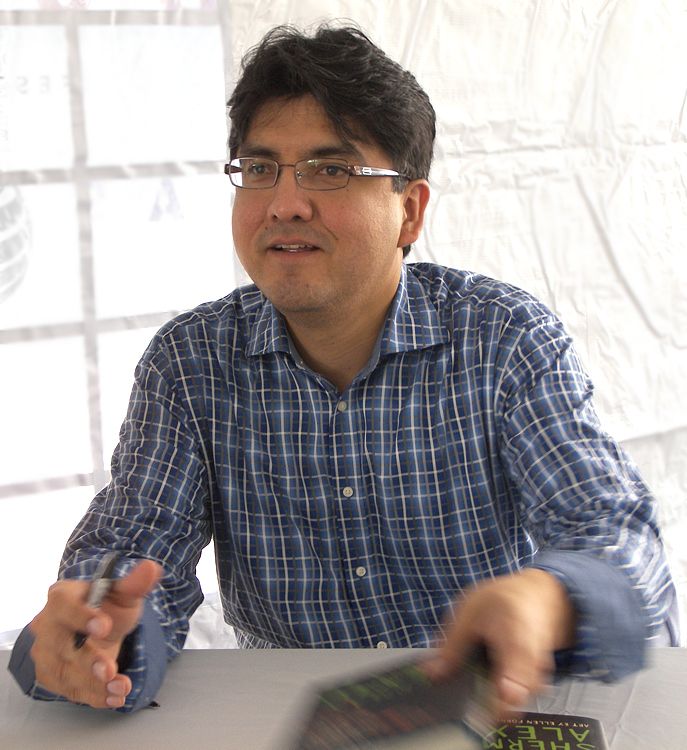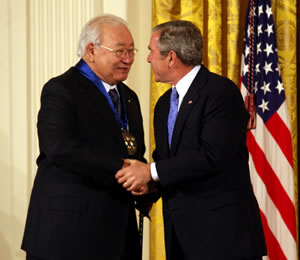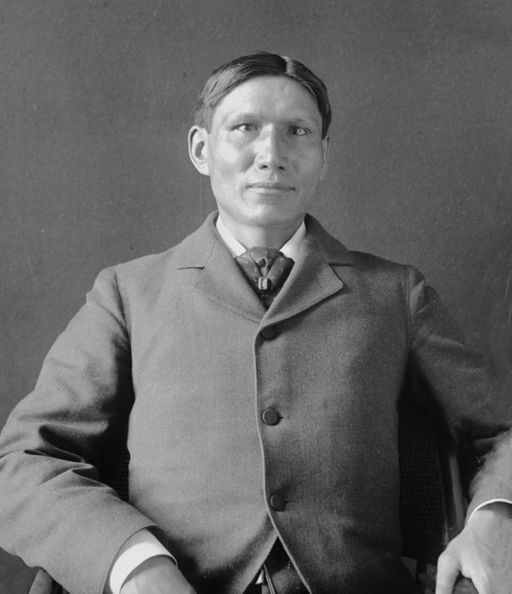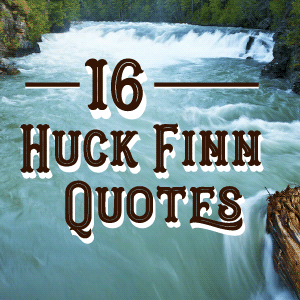Native American Writers You Should Be Reading (10 Authors)

When most people think of Native American writing, their minds may be flooded with images from the colorful mythos that flourished all around North America before Columbus’s arrival. Archeologists and historians are still learning a great deal about these ancient Native American poets and their powerful works of spiritual literature.
Unfortunately, far too many people think only of the past when they consider Native American writing, traditions, and culture. In reality, there are many contemporary Native American writers today who are powerful witnesses to and voices of the Native American experience in the 20th and 21st centuries. These diverse writers, poets, and dramatists are telling the world about their experiences as indigenous people, and we think it’s important to listen.
Today, we’re providing a short introduction to just ten of the most influential Native American authors in recent times.
10 Native American authors you should be reading
Sherman Joseph Alexie, Jr.
Sherman Alexie is one of the most famous Native American writers alive today. Alexie was brought up on the Spokane Indian Reservation and suffered numerous hardships in his childhood. Alexie had to undergo surgery when he was only 6-months old due to excess fluid in his brain. He also had to deal with an alcoholic father.

By Larry D. Moore CC BY-SA 3.0 via Wikimedia Commons
After years of struggle to find his voice, Alexie broke onto the American literary scene in 1993 with the publication of The Lone Ranger and Tonto Fistfight in Heaven. Most people describe this as a collection of short stories, but since all of the stories feature the same characters, some critics think it more appropriate to call this work a novel. Whether you call it a short story collection or a novel, this book has been hailed as a masterpiece of modern Native American literature.
Alexie uses various techniques such as surreal imagery, flashback, and poetic verses to explore the issues of Native Americans in present-day America. If you want to introduce this great author to a younger reader, then you are in luck. Alexie wrote the wonderful young adult novel called The Absolutely True Diary of a Part-Time Indian in 2003.
James Welch
James Welch was a very prominent author in the so-called Native American Renaissance, which began in the 1960s. He was born and raised in Montana, where he witnessed first-hand the rich heritage of the Blackfeet tribe.
His best-known novel is Fools Crow, which was published in 1986. This novel of historical fiction tells the story of Blackfeet men in the 1800s who are challenged by white imperialists. Welch’s poetry has also been hailed by many for its vivid imagery. Interestingly, Welch’s work is much more popular in Europe than in America. Indeed, the French so loved Welch that they gave him many honorific awards before his passing in 2003.
Eden Robinson
Another powerful female Native American voice is Eden Robinson. Robinson was born in British Columbia to parents in the Haisla and Heiltsuk First Nations.
Robinson’s first work is Traplines, a short story collection that was published in 1995, but she is better known for Monkey Beach, her second novel. This novel tells the tale of Lisamarie, a young girl of the Haisla people, who investigates the mysterious death of her brother at sea. Robinson effectively ties together many different genres in this spellbinding piece. She also deftly incorporates traditional Haisla mysticism into this novel. Robinson’s work reminds us of the rich aboriginal cultures that flourished in what we now know as Canada.
Listen to Eden Robinson in her own words as she reads from “The Sasquatch at Home”:
Janet Campbell Hale
Janet Hale draws on her experiences at the Coeur d’Alene Reservation in Idaho for much of her work.
Her breakthrough novel is entitled The Jailing of Cecilia Capture. This novel, which tell the story of a young Native American student who is arrested for drunk driving, is an exemplary work for anyone who wants to better understand the experience of a modern Native American woman. Hale’s tight prose and unabashed honesty have earned her a respected place in the annals of modern Native American literature.
Barney Bush
Many people know Barney Bush for his political activism in the 1960s and onwards. Bush was a prominent member of the American Indian Movement and is responsible for forming the Institute of the Southern Plains in Oklahoma.
Bush’s political achievements are so great that they sometimes overshadow his wonderful poetry. A few of the books of poetry Bush published include Inherit the Blood, My Horse and a Jukebox, and Petroglyphs. Because Bush was keen to preserve the oral transmission of texts so central to many Native American traditions, many of his poems have also been released in audio format.
Listen to his deeply moving poem, “Lady Liberty: The Indictment”:
Thomas King
Although born in Sacramento, King has become one of the most prominent voices for Canadian Indians today. He currently teaches at the University of Guelph, Ontario, and carries within him blood from Cherokee, Greek, and German ancestors. One of his most celebrated texts is The Truth About Stories: A Native Narrative. In this text, King explores the sheer power that stories have over our lives, and how indigenous peoples have understood stories in the past.
If you’re in the mood for a beautiful novel, one of King’s most beloved works is called Medicine River. As one of the best descriptive novels of a modern-day reservation, this book takes place in Alberta and explores the conflict between modern capitalism and the ancient heritage of the First Nations in the region.
Scott Momaday

By NEA photographer Michael Stewart (Press release, National Endowment for the Arts.) [Public domain], via Wikimedia Commons
Another huge name in the Native American Renaissance is N. Scott Momaday. Momaday was born in Lawton, Oklahoma, in 1934, and he has taught at Stanford University for many years.
His indispensable work is the novel House Made of Dawn, published in 1968, for which he won the 1969 Pulitzer Prize for Fiction. This work tells the emotional tale of a young Pueblo man who is caught between the call of his tribe’s heritage and the consumerist society that surrounds him. With this work and others, Momaday opened the doors for many new Native American literary voices.
David Treuer
Treuer is a bit controversial within the Native American writing community. He was born in 1970 in Washington D.C. and draws heavily on his Ojibwe heritage.
Although he first published Little and The Hiawatha, Treuer’s most famous novel is The Translation of Dr. Apelles, his third novel. This novel concerns a Native American scholar who tries desperately to figure out his own identity from the linguistic traditions of his ancestors.
Treuer caused a major stir with the 2006 publication of Native American Fiction: A User’s Manual. In this work, Treuer criticizes the way Native American fiction is read by academics, suggesting that Native American fiction should be seen within the broader context of English literature.
Charles Eastman

By Sawyer, Wells Moses Artist [Public domain], via Wikimedia Commons
Eastman is not as “modern” as the other authors on this list, but he is one of the most important. Without Eastman’s contributions in the 19th and early 20th centuries to Native American history and literature, the current canon of Native American literature would be greatly diminished.
Eastman grew up in the Woodland Sioux until he was 15, and then he was educated at Boston University and Dartmouth. Although he was a capable physician, Eastman was also involved in political causes and writing throughout his life. His most famous works include From the Deep Woods to Civilization, Indian Boyhood, and The Soul of the Indian, all of which are deeply autobiographical in nature.
John Joseph Mathews
Mathews became one of the most prominent members of the Osage Nation during his lifetime, which lasted from 1894 to 1979. The book Wa’kon-tah: The Osage and The White Man’s Road was Mathews’s first literary effort, and it became an national bestseller.
It is his later novel Sundown, however, that is Mathews’s most famous work. Sundown tells the story of a young man who returns to his home tribe after going to college and serving in the military. Although Sundown is officially fiction, in reality it is a thinly veiled autobiography.
There are so many Native American poets, writers, and storytellers with rich voices and important stories—we hope this article has given you a foundation for your own exploration of the grand canon of modern Native American literature.
What Native American writers and books have we missed? Let us know!








Leave a Reply
Be the First to Comment!